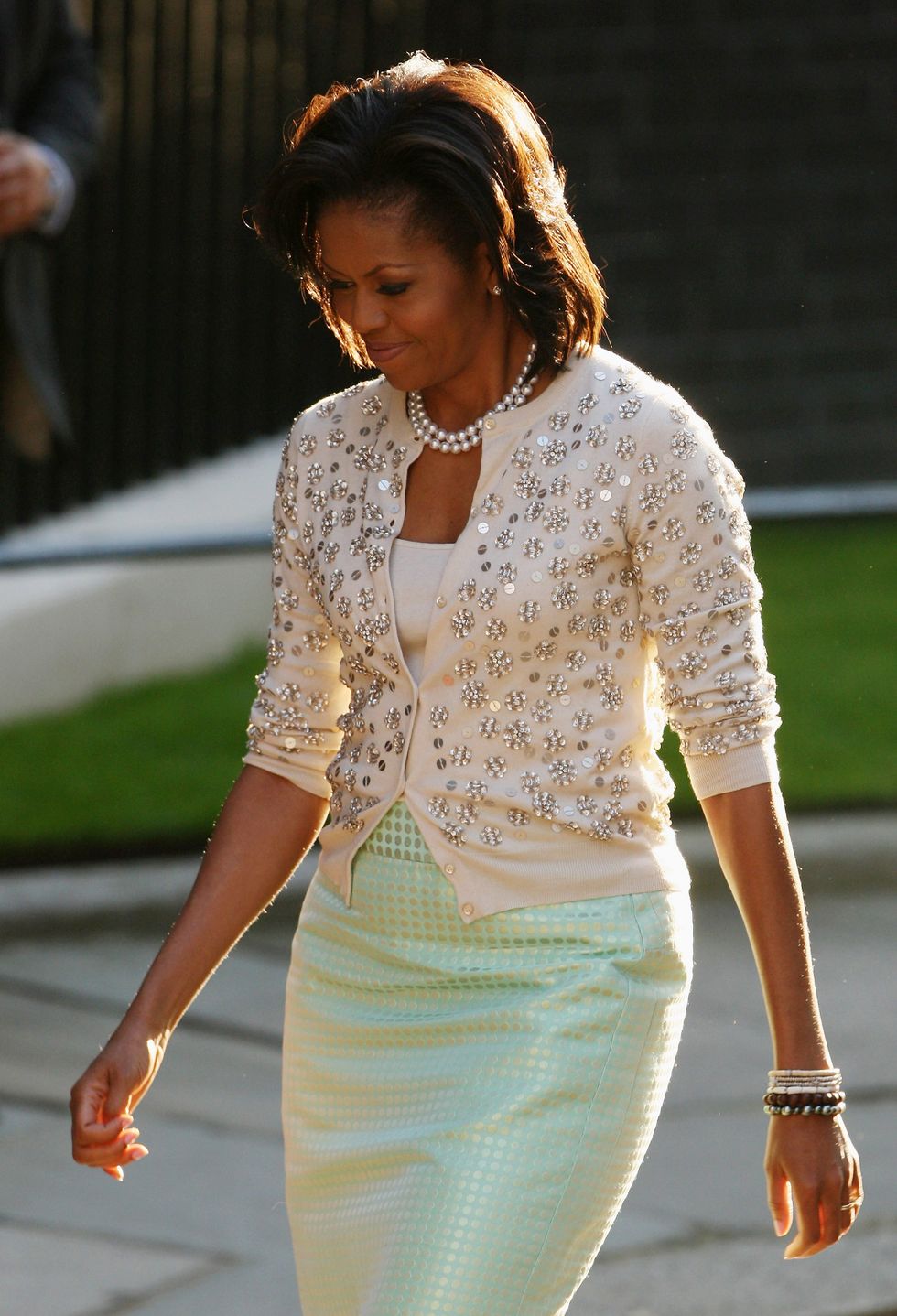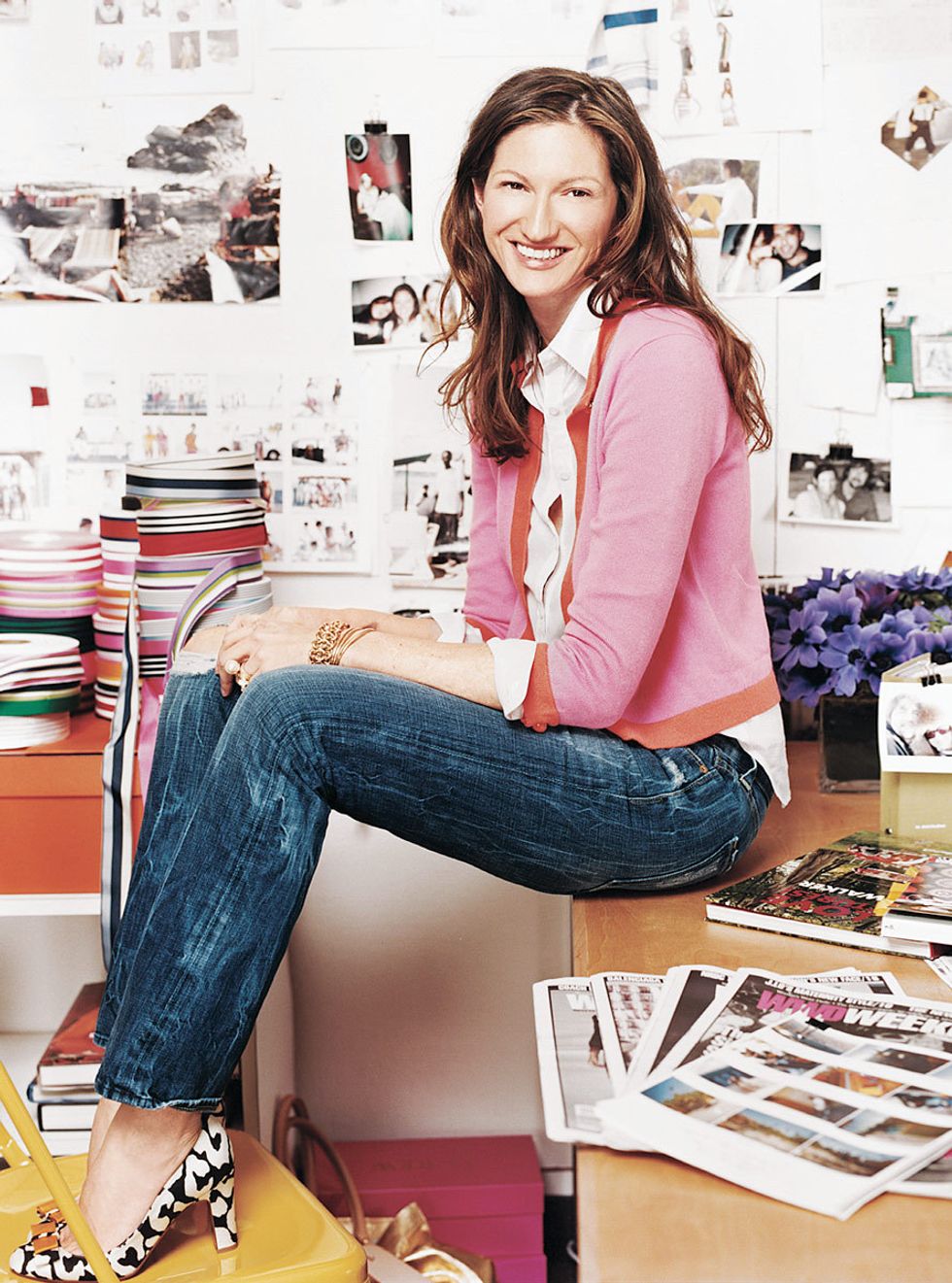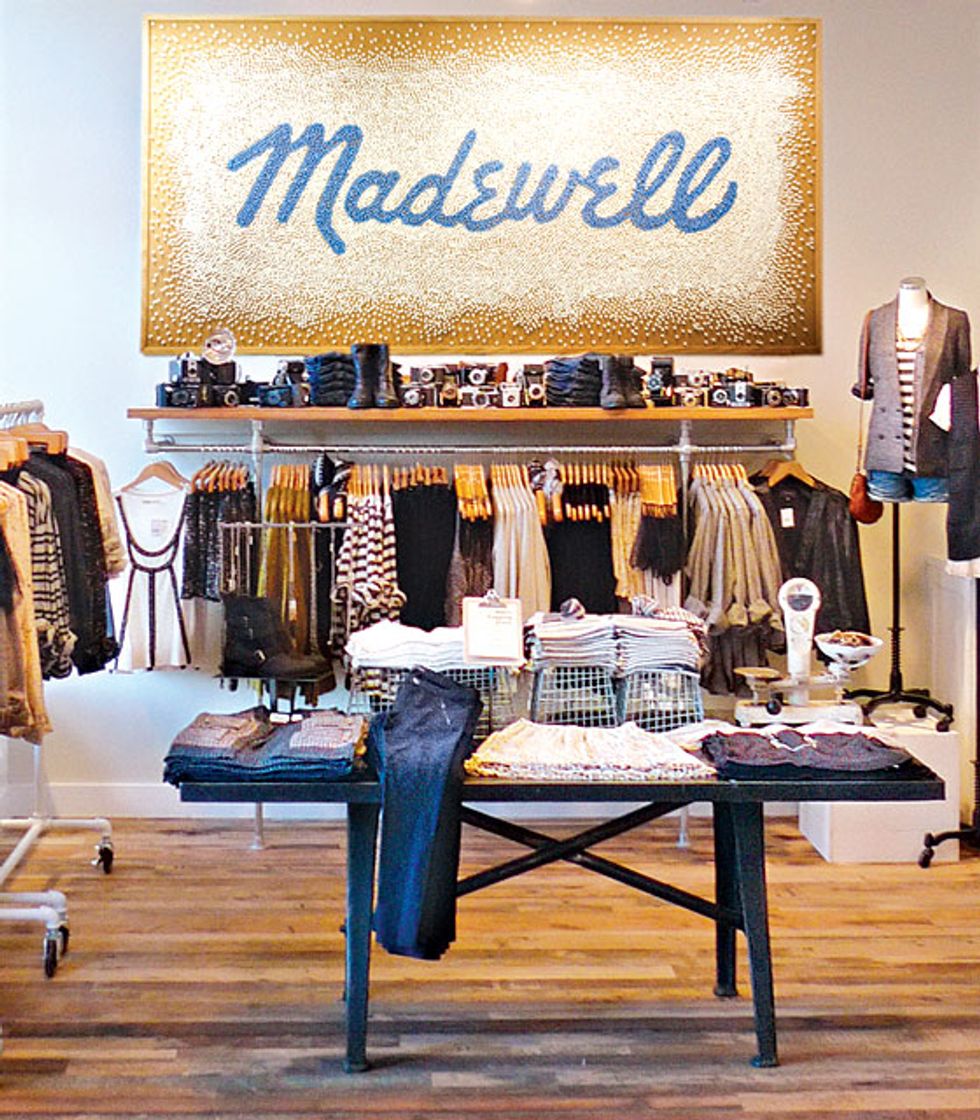Like First Lady Michelle Obama, I am an avid J. Crew shopper. For me and many college students, J. Crew is and has been for many years now, a closet staple. Having attended a prep school in New England, the brand allowed me to express my unique style through statement pieces that were bold yet classic, all while adhering to the dress code implemented by the school.
So when I heard my beloved retailer was nearing bankruptcy, I was mortified.
According to the New Yorker, "Sales at J. Crew have fallen for two years. The company is two billion dollars in debt, putting it in danger of bankruptcy. "
So how did J. Crew, once the envy of the retail industry, get to where it is now?
Design
The company has lost sight of its roots.
The first line of J. Crew's mission statement reads, "We side with style over fashion, think timelessness is underrated and find that clothes look best when they're lived in." J. Crew has always promoted the idea of timeless and classic pieces. In 2003, they brought in the human embodiment of this idea, Jenna Lyons, who served as president and executive creative director of the company until April this year.
The Jenna Lyons uniform is as follows: thick-rimmed nerd glasses, nice blazer, lived-in jeans, and heels or sneakers. She comes straight out of their mission statement. This was the look J. Crew shoppers wanted. And this was the look J. Crew wanted to bring to shoppers.
In high school, everyone and their mothers wore J. Crew. The "Jenna Lyons" style was one that was preppy, yet not superficial. It was a classier, more mature step up from the Vineyard Vines and Southern Tide looks of Middle School.
With so many others sharing this sentiment and under Lyons's leadership, the company grew immensely. They created a distinctive look (her look) that helped the brand triple its revenue between 2003 and 2013.
Recently, however, the company has failed to deliver that look to customers, creating several over-the-top, eccentric pieces, there were even dubbed "downright ugly." J. Crew did not seem to be able to get the fashion right.
The brand also seems to be getting distracted by current fashion fads, straying from its mission statement. This has resulted in several "street style" type pieces that are just now what its customer base is looking for.
Former CEO of J. Crew, Millard Drexler, acknowledges this, saying, "We've made some mistakes... missteps in our iconic classics."
The company has been actively trying to win back customers with fresh colors, classic designs, increased merchandise diversity. However, in a time when e-commerce is dominating, presenting women with more choices than ever, it is incredibly hard to develop brand loyalty, and incredibly easy to lose it.
Price
J. Crew's prices had always been representative of the quality of its apparel and lifestyle associated with the brand. However, as a result of some design mishaps, consumers could no longer justify spending so much for something that was mediocre at best.
In addition to that, J. Crew began creating some oddly luxe items that far surpassed what their customer base was willing to spend. They would price a cashmere dress at $1,400, for a customer base more attuned to paying between $70 and $100 for a dress.
Often times, these high prices were the outcome of collaborations between the company and a designer brand. The result? An overpriced product that strays away from the everyday "Jenna Lyons" look J. Crew shoppers crave, instead appealing to the runways and fashion writers of the world.
These collaborations have not been working well for the brand though. People shop at J. Crew in search for the J. Crew look, not for designer labels and brands. Its shoppers want affordable luxury. Personally, I think J. Crew should scrap its collaborations and return to its roots, creating mild, everyday business-casual wear.
Even so, J. Crew ultimately has to make a decision. Either lower its prices to match the middling quality of its clothes, or improve their quality such that buyers are willing to fork out more for their products over another.
J. Crew Factory and Madewell
While parent company, J. Crew, has been struggling as of late, its other brands, such as J. Crew Factory and Madewell have been thriving.
J. Crew Factory is the more reasonably-priced, slightly lower quality version of J. Crew. In fact, many of the styles found on J. Crew Factory look almost identical to ones found at J. Crew. Since it is a factory store, many of the looks found on their website are also more simplistic, going back to the company's roots better than their parent company has.
Consequently, tons of J. Crew customers have begun flocking to J. Crew Factory stores instead. J. Crew Factory's online presence has also contributed to this. While many other brands also have factory stores, they tend to only be available at outlet malls, making it less accessible to a bulk of their consumers.
However, with the popularity of J. Crew Factory and its online accessibility, the brand has ended up committing market cannibalization by taking away potential sales from its parent company.
While Madewell, J. Crew's trendier, hipper, denim-centric subsidiary, has only been in operation since 2006, its brand has been doing incredibly well, with sales increasing 17 percent as a whole last year. This, in turn, has caused parent company, J. Crew, to draw from Madewell influences.
However, this is hurting them rather than helping them. While Madewell shoppers, most of whom are millennials, are looking for that younger, more trendy look, J. Crew shoppers are not. It is important that J. Crew realizes it is not Madewell.
As one blogger puts it, "[J. Crew's] ultimate success will be contingent on his ability to weave the effortlessly hip influences that drove success at Madewell into that which is classic. "
Sales. Sales. Sales.
While sales can provide customers with a short-term incentive to buy a product, overdoing it can actually have the opposite effect on a brand. With J. Crew offering sales multiple times a week, customers are no longer willing to pay full price for many items at J. Crew.
While certain classic pieces like their Women's Downtown Field Jacket never go on sale due to their popularity, much of their apparel is almost always on sale.
This is even true for their more affordable brand, J. Crew Factory, which goes on sale as frequently, if not more than its parent brand. If J. Crew is going to be on sale all the time, they might be better off just lowering their overall.
Constant prices would indicate to consumers that the brand is stable. At the same time, consumers will also be more likely to purchase a product without holding it off as they know the item will never go on sale. This has seen effective for many brands such as Jack Rogers, Hunter Boots, and Canada Goose.
So, do you think J. Crew can reinvigorate its original customer base and return to its timeless, classic look? Or is this the end of a preppy American staple as we know it?




























